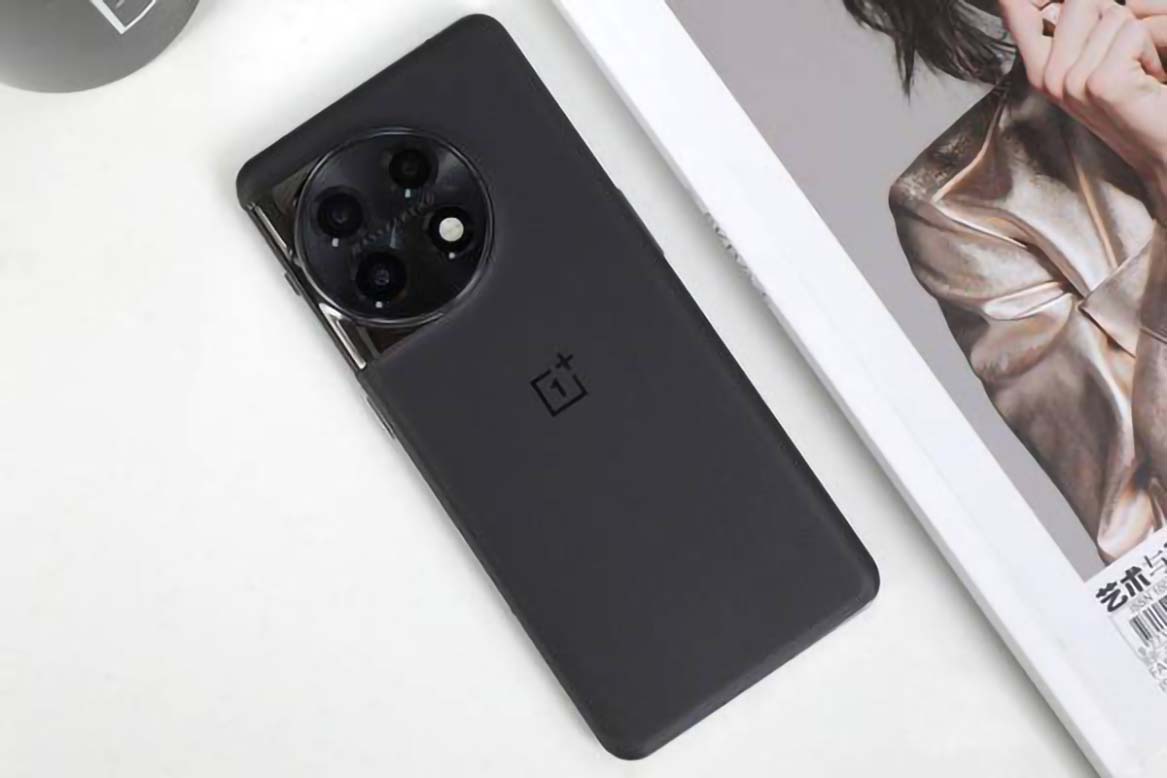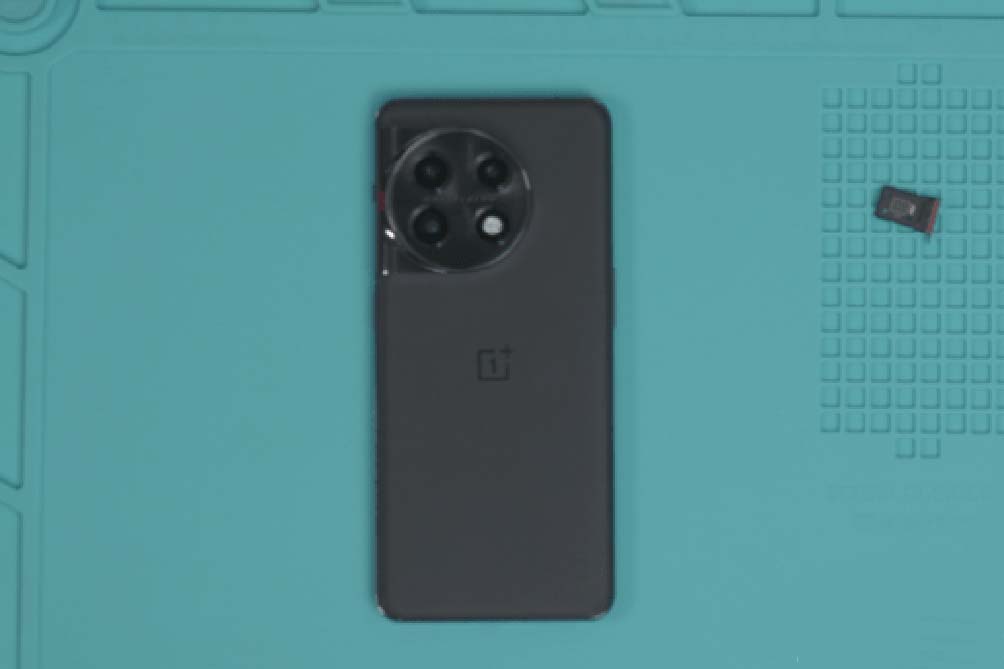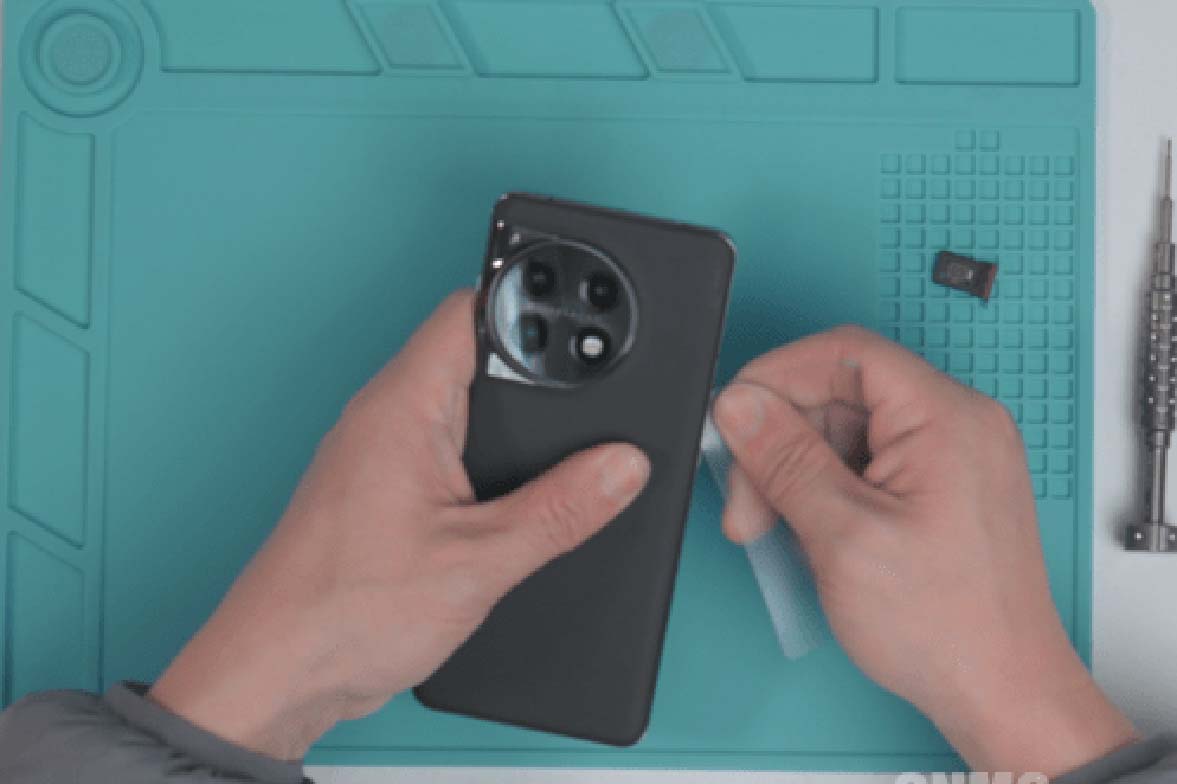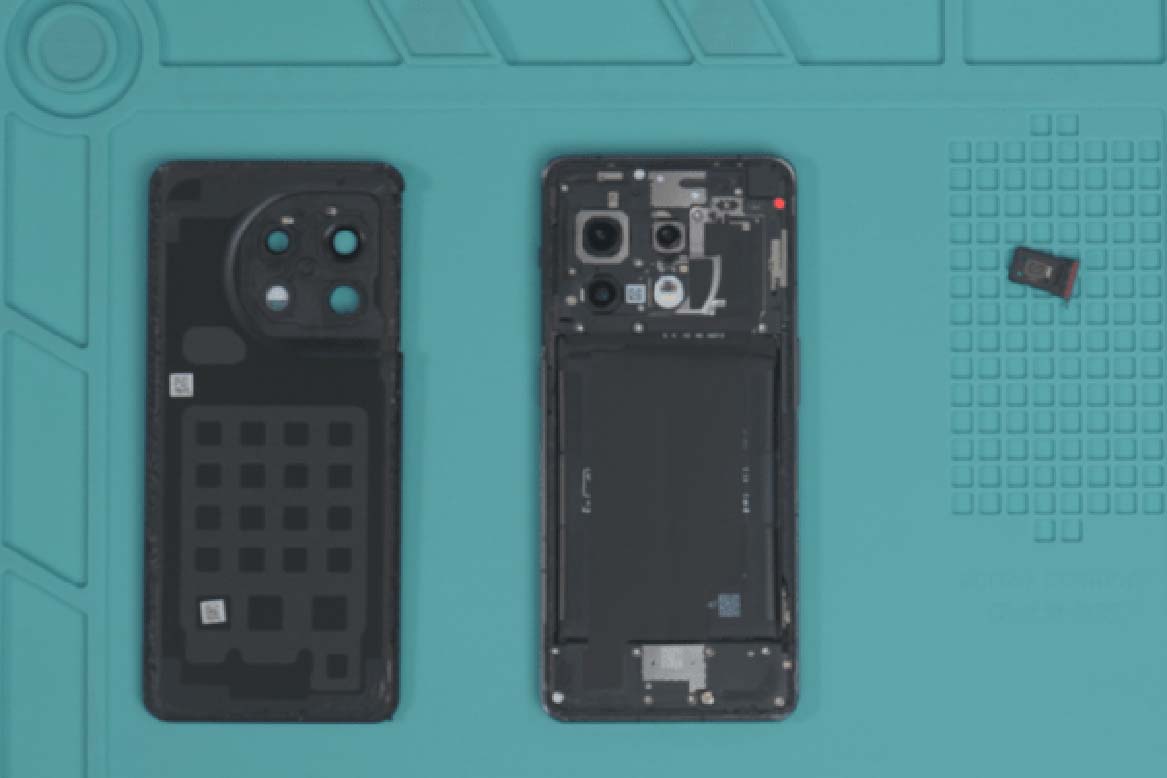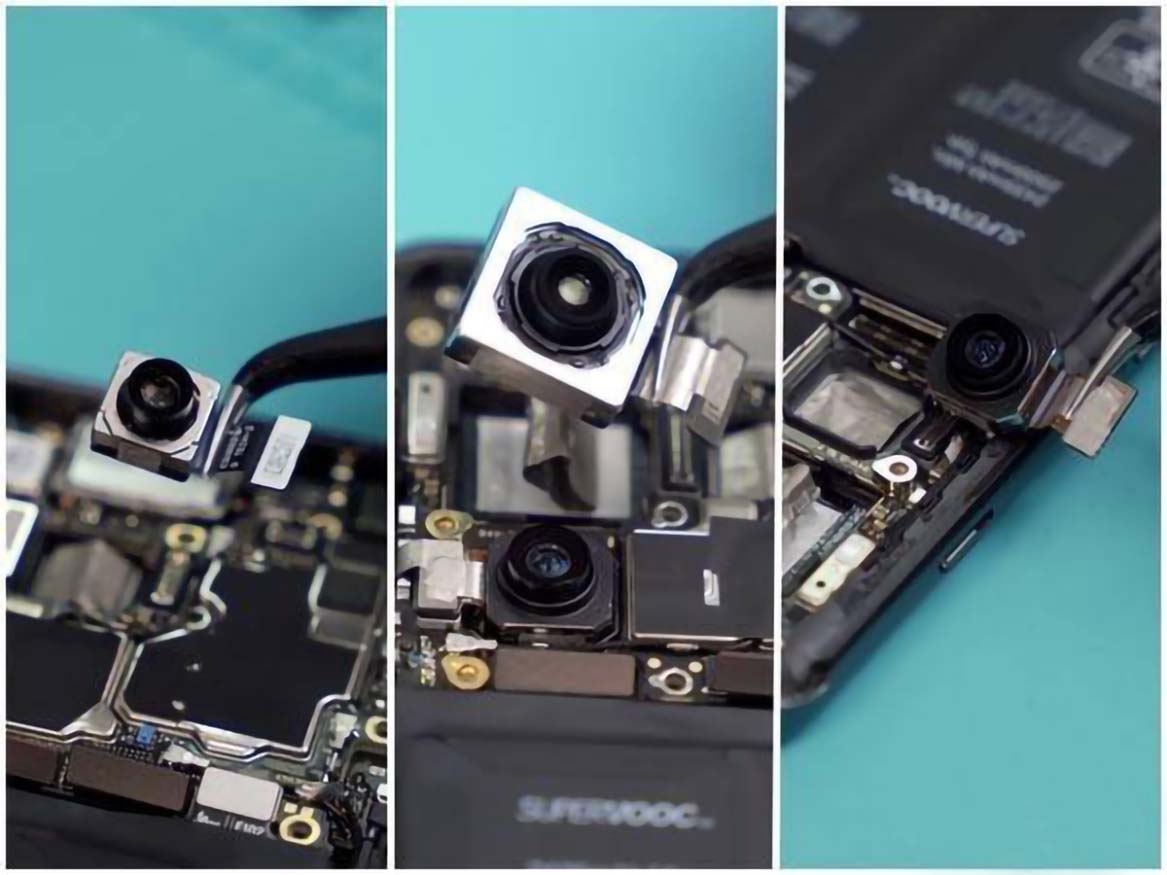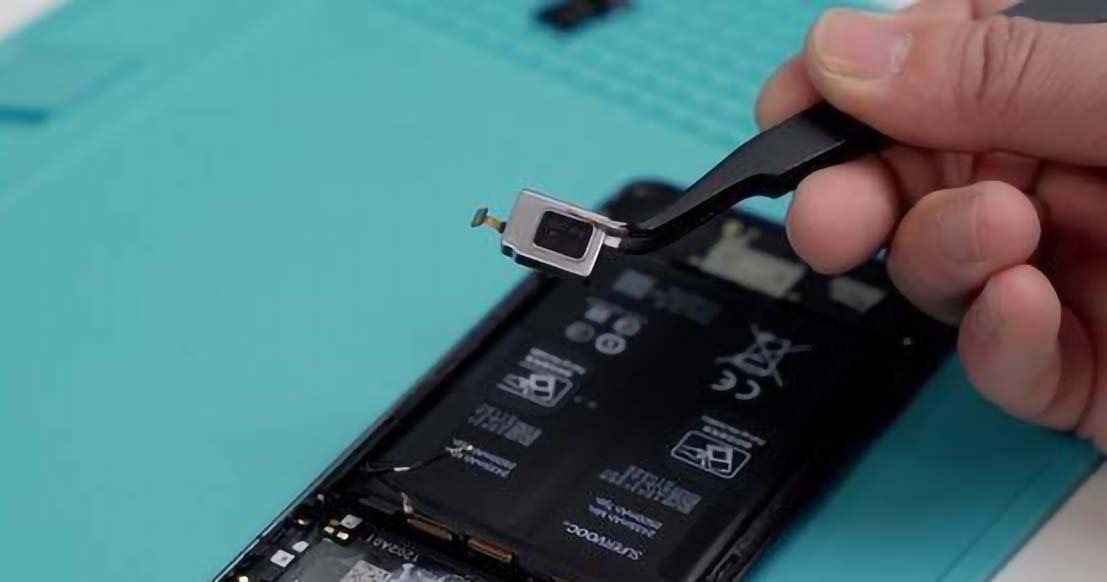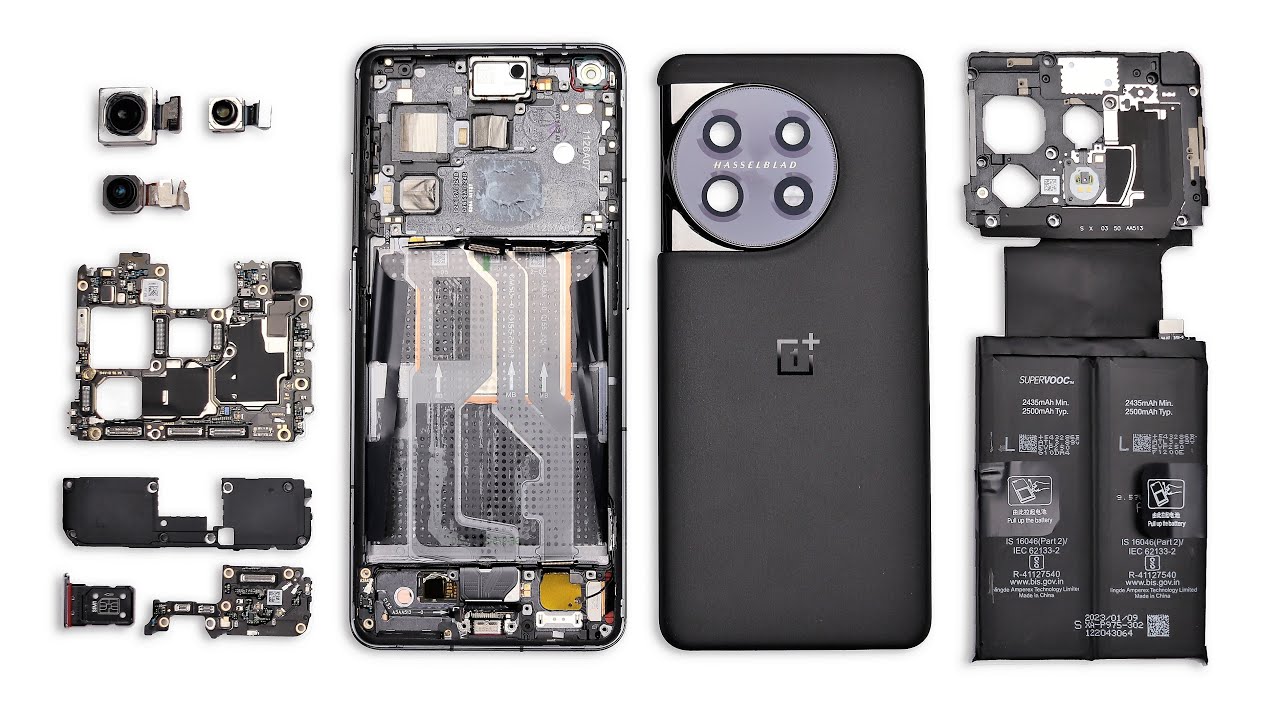OnePlus 11 ,It's not just the powerful hardware, there's also a lot to see inside the One Plus. Today, let's fully disassemble this new 2023 One Plus flagship and see what other secrets are hidden behind it.
The first step of disassembly: first remove the SIM card
The first step is to take out the SIM card slot. The SIM card slot of the OnePlus 11 still uses the classic metal + plastic combination, with a waterproof rubber ring design, but also to avoid liquid from the SIM card slot location into the phone.
This time we disassembled one plus 11 "endless black" using the exclusive self-developed fourth generation of silk glass technology, through the use of the world's first new generation of "double AG glass process", on the glass back panel carved out of the silk pattern changes, not only to ensure that the screen back panel is not easy to This not only ensures that the back of the screen is less susceptible to fingerprints, but also provides a smoother grip. Of course, the back panel of the OnePlus 11 also has a large amount of glue inside, which greatly enhances the strength of the OnePlus 11, but also increases the complexity of the disassembly process.
Disassembling the back cover of the OnePlus 11
Special attention should be paid to the fact that the back cover of the OnePlus 11 is made of a glass+metal combination, so extra care needs to be taken when disassembling the imaging system area to avoid shattering the glass.
Once the back cover is disassembled, the internal structure of the OnePlus 11 is revealed to us. The phone still has the classic three-stage structure, from top to bottom, the main panel area, the battery area and the bottom sub-panel area.
OnePlus 11 uses the classic three-section structure
After removing the motherboard screws in turn, the motherboard cover can be removed. Overall, the image system of the OnePlus 11 still occupies a large place. The back of the OnePlus 11 features a triple rear camera design with three lenses: the 50MP Sony IMX890 (primary), 48MP Sony IMX581 (ultra wide-angle) and the 32MP Sony IMX709 (portrait). In addition, the front lens of the OnePlus 11 uses a 16-megapixel Samsung lens. The disassembly process of the four lenses is relatively easy, and can be disassembled by simply disconnecting the cables connected to the motherboard.
One plus 11 back with three rear camera three lens quality are very powerful
After the lenses are disassembled, the motherboard can be completely disassembled by unscrewing the screws, and on the motherboard, we can see powerful hardware including the second generation Snapdragon 8, LPDDR5X memory and UFS 4.0 storage. Also thanks to the double-layer motherboard design, the motherboard area of OnePlus 11 is quite small, and this design can also reserve more space for the large battery.
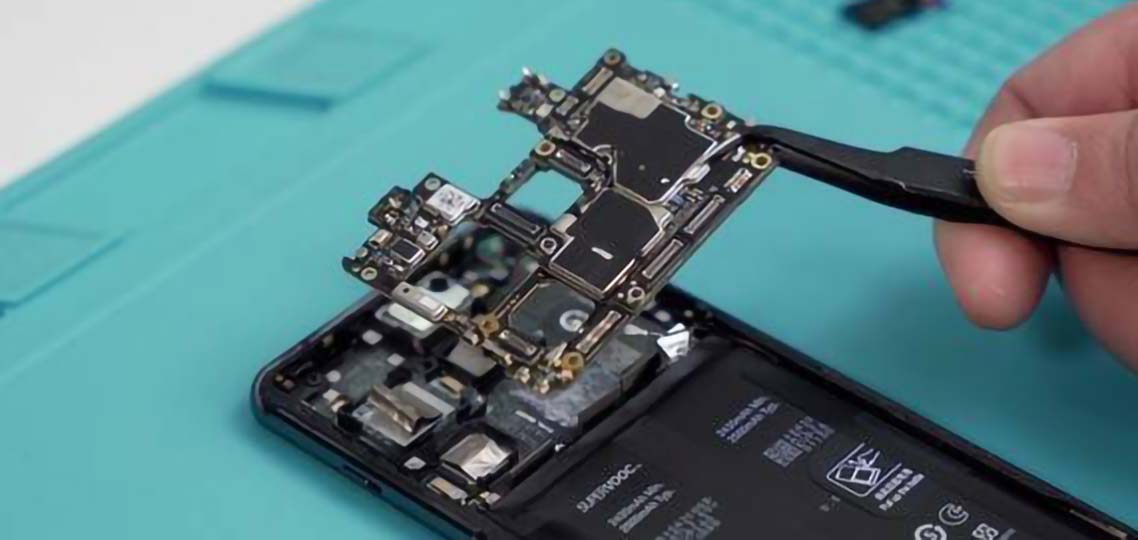
OnePlus 11 has a dual-layer motherboard design
After taking the motherboard off, I was quite impressed with the top speaker of the OnePlus 11. This time the top speaker of the OnePlus 11 features a metal BOX speaker, which uses the Ultra Linear 4.0 speaker technology for a more pronounced increase in low frequency loudness. With the combination of dual speakers at the bottom, it can also bring a more wraparound sound.
The top speaker of OnePlus 11 uses metal BOX
After the disassembly of the main board is complete, you can disassemble the large 5000mAh battery in the middle. The battery of OnePlus 11 is designed to be disassembled by pulling up the left and right "ears" to disassemble the battery. The battery of OnePlus 11 still adopts a dual-cell design, with two cells of 2500mAh. To a certain extent, it also relieves the battery life anxiety.
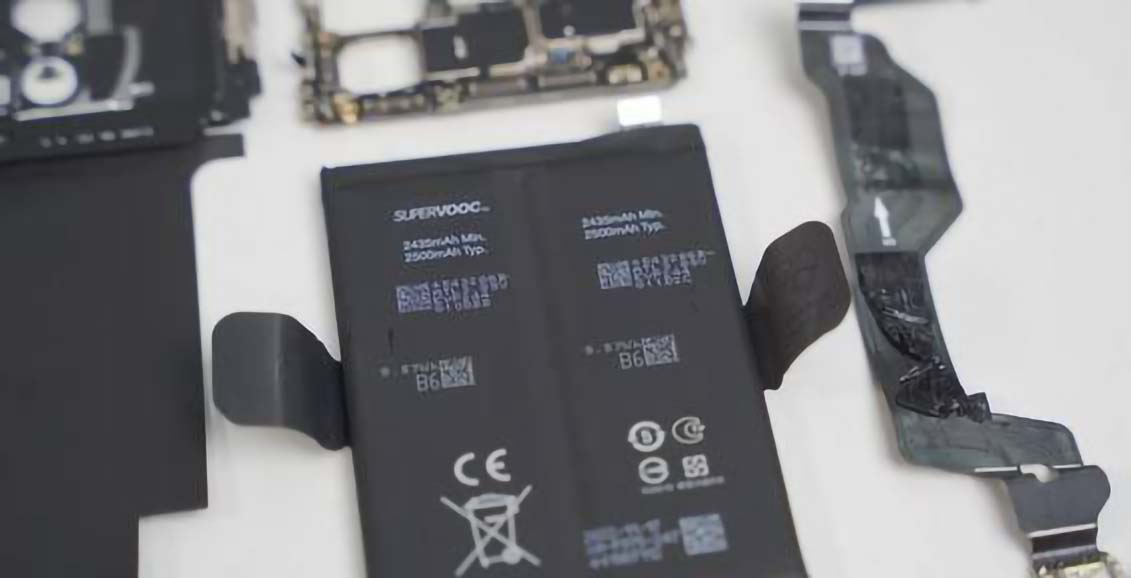
OnePlus 11 has a built-in 5000mAh battery (dual 2500mAh cells)
After disassembling the battery, let's disassemble the sub-panel at the bottom. After unscrewing the screws on the protective plate, you can see the small size of the sub-panel. The microphone and SIM card slot are integrated in this area, so you can remove the sub plate by picking the interface in turn.
Here we need to pay special attention to the "metal area" on the protective plate of the sub plate, which is the bottom speaker of the OnePlus 11. This new set of dual-ring magnetic speakers brings a better listening experience to the OnePlus 11, and OnePlus has also created a special low-pressure protection and NLC low-frequency algorithm to further enhance the listening experience.
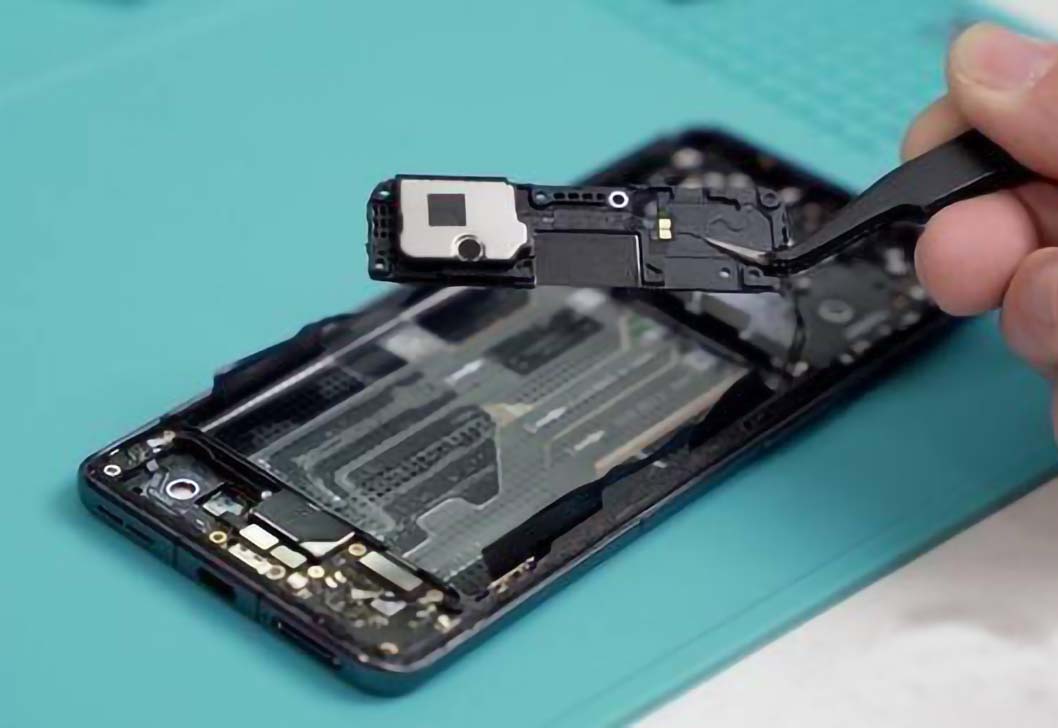
After disassembling the sub-panel, we can tear off the protective sticker under the battery and remove the Type-C cable. The inside of the C-port connector of the OnePlus 11 is also designed with a waterproof rubber ring, which prevents liquid from entering the phone from the bottom.
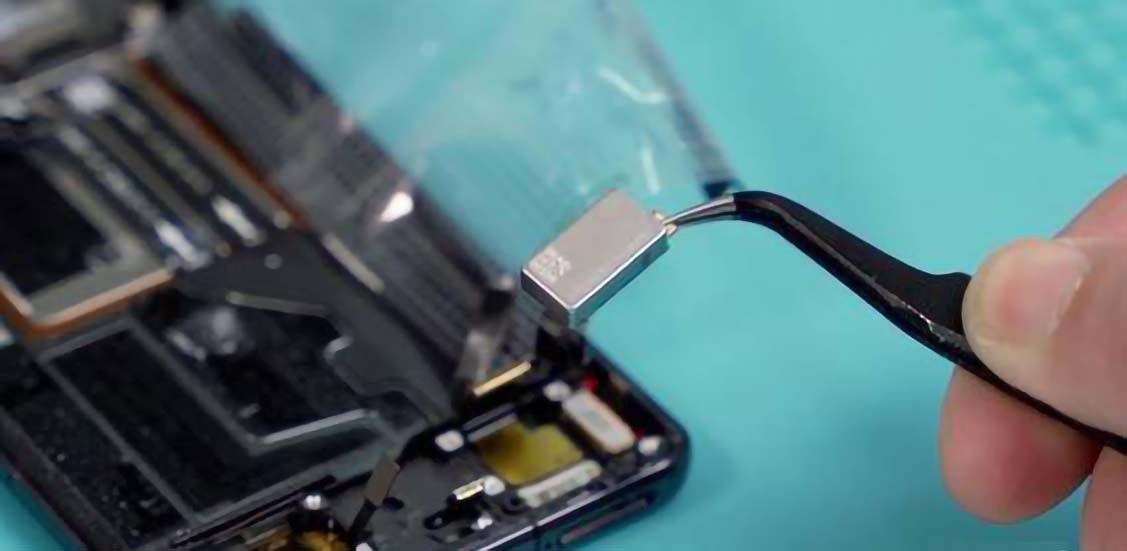
After the disassembly of the cable, the bionic vibration motor, which is called the "king of Android motors", is shown in front of us. The size of this motor is 67% larger than the previous generation, and the size is increased in exchange for a richer vibration. This motor is the first "all-phase magnetic circuit technology", it has magnetic circuits in all four directions, and also in the smartphone to achieve "double vibration superposition", can be well restored to two scenes at the same time vibration experience.
The size of the built-in motor of OnePlus 11 is 67% larger than the previous generation.
The internal space of the phone is very small, and it is a test for hardware engineers to provide space for more powerful hardware. This time, OnePlus 11 not only upgraded the standard three major components, but also further improved the detailed experience by adding powerful hardware such as the dual-ring pair of magnetic speakers and large bionic vibration motor.
In an era when smartphones are moving from "hardware is king" to "experience is king", flagship phones are not only about powerful hardware, but also about detailed upgrades. With the new OnePlus 11, we can see that OnePlus is not only a flagship with leading hardware, but also a product full of surprises in details.

